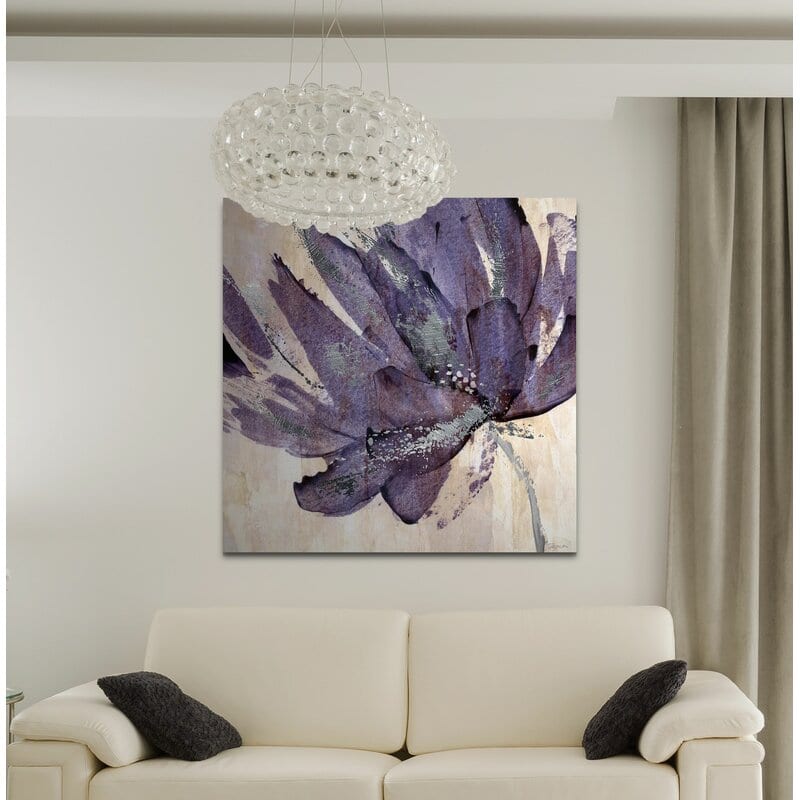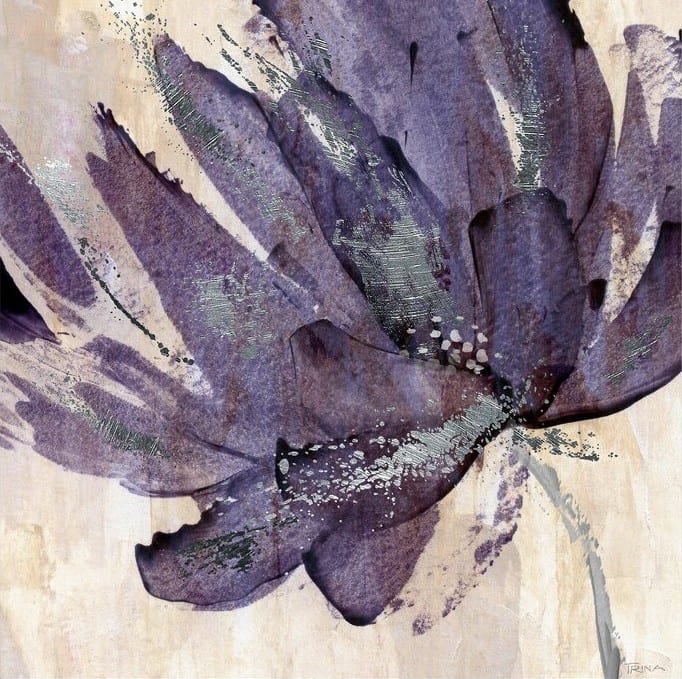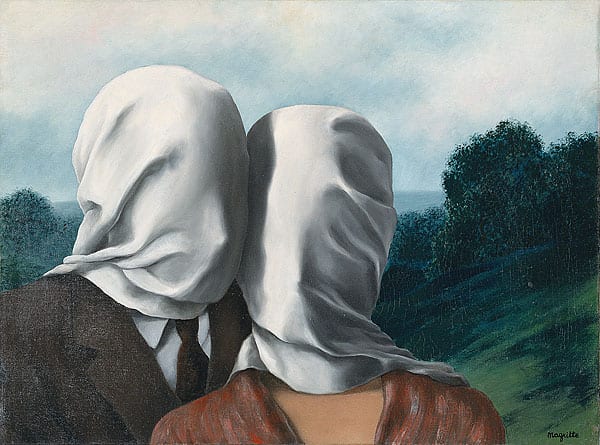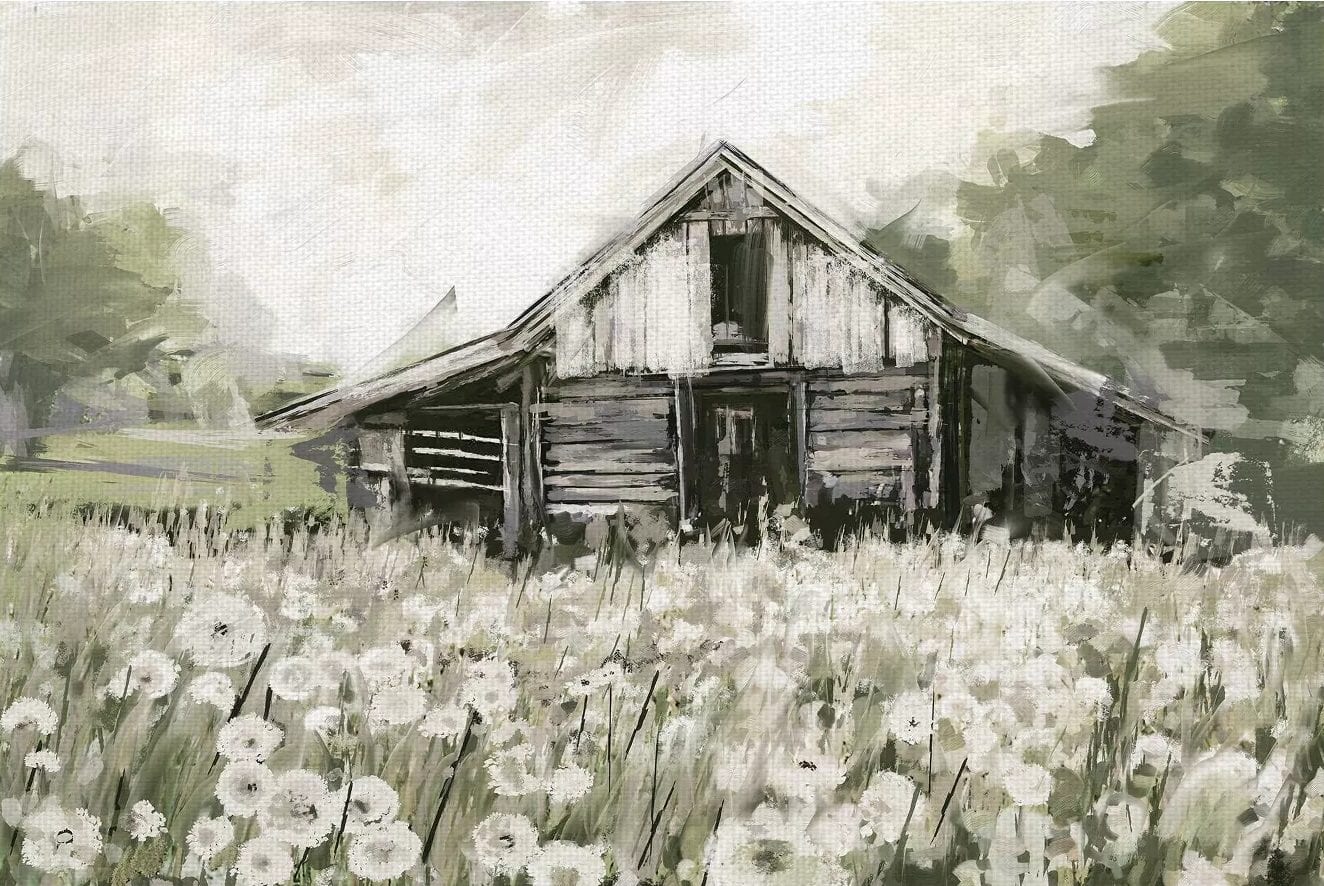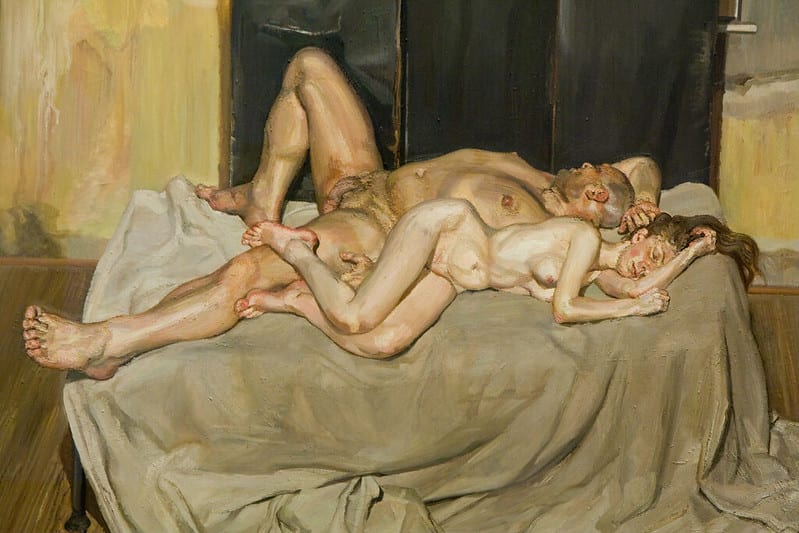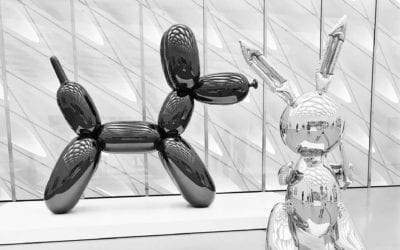Retail vs. Fine Art:
Do We Know the Difference?
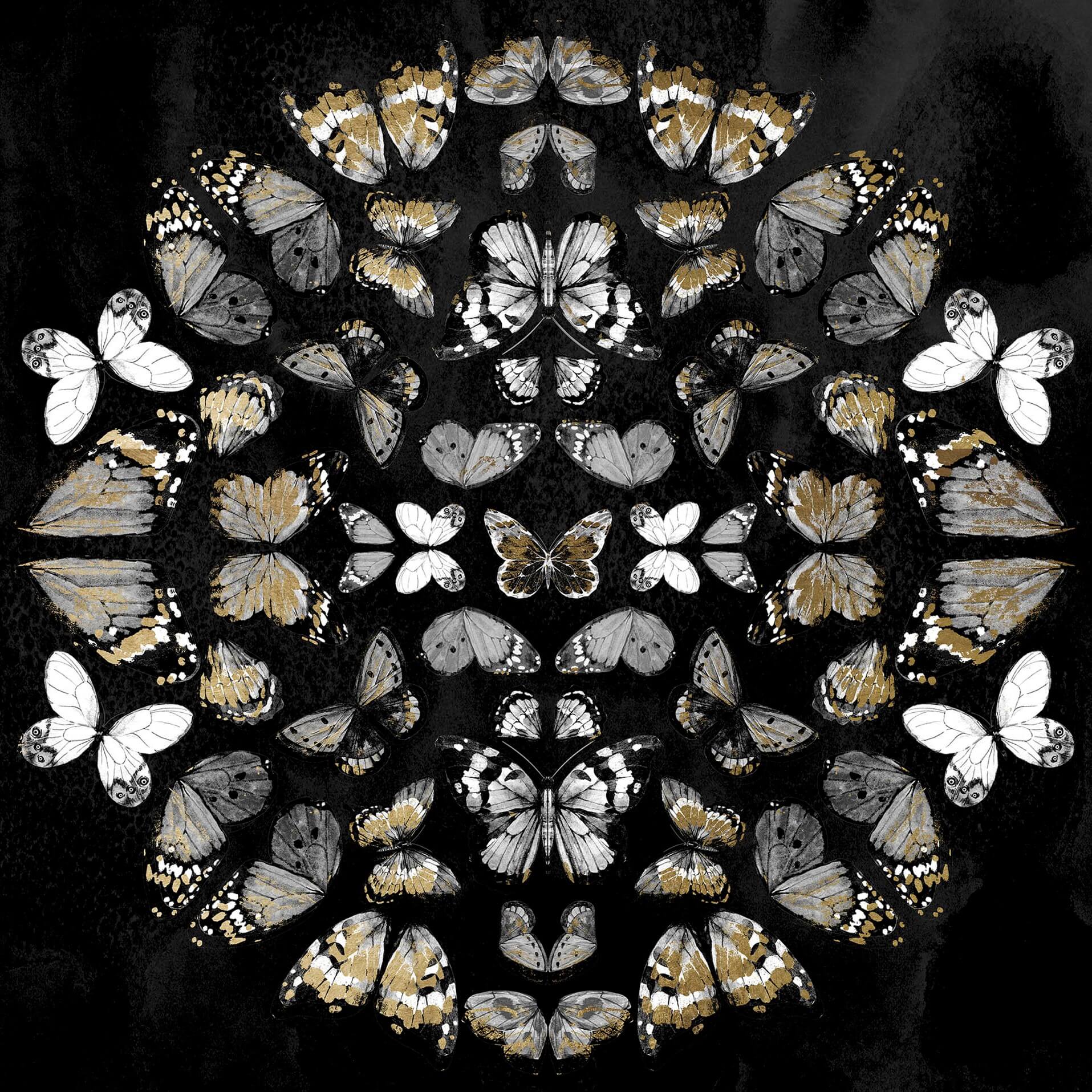
Butterfly Knight by Oliver Gal
Selling vs. Creating
The greatest separator between retail and fine art is philosophy. Retail art believes in selling. It’s for the newcomer looking for something beautiful. It wants to be accessible and loved by all. It embraces mass production with no patience for trial & error.
Fine art believes in creating. It’s for the enthusiast looking for something new. It pushes art forward at the risk of rejection and embraces trial & error in pursuit of perfection. These philosophies create the foundation for their unique features.
“If you get into art to make money, you’re deluded.” – Frank Stella
7 Features of Retail Art
1) Popular Colors
Retail art relies on popular colors. It welcomes bold colors, like strong reds, deep blues, and alluring purples. It leans on common pairings, like blue & gold, blue & red, and black & gold. Retail art says, “They love blue. If I use blue, they’ll love it.” Fine art enjoys but does not rely on safe colors. It asks, “How can I merge blue with interesting subjects, patterns, and materials to make something new?”
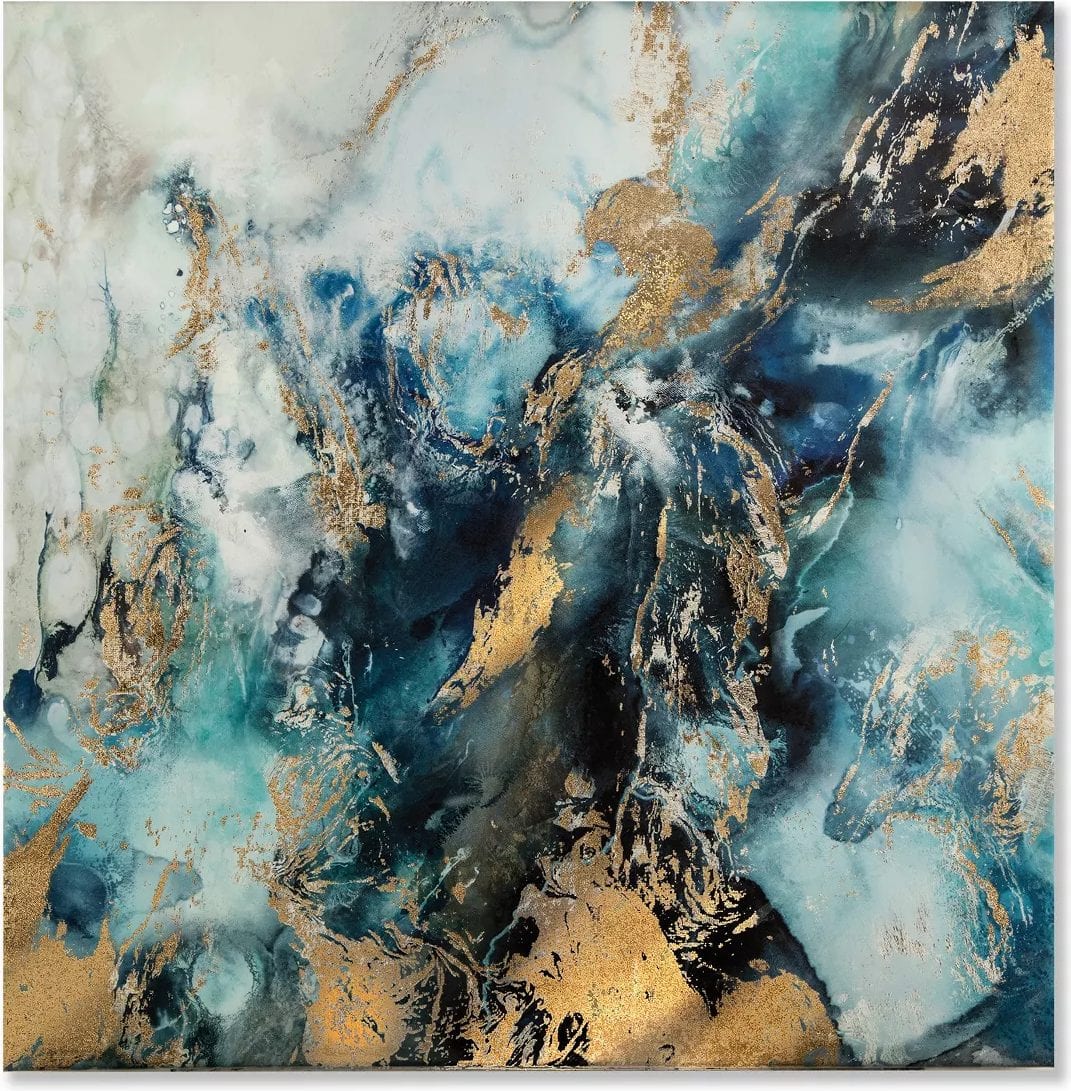
High Gloss Marbled Unframed Wall Canvas by Project 62
2) Safe Subjects
Retail art can’t take risks. So it depends on safe subjects that we all like. It’s obsessed with nature, which calms us. It loves scenic locations, which take us around the world. And it’s fascinated with ambiguous people, which become reflections of ourselves.
In fine art, safe subjects are rare and challenging. They’ve been done countless times, and enthusiasts want something new. In response, fine art asks, “How can I show it in a new light? How can I do it better?”
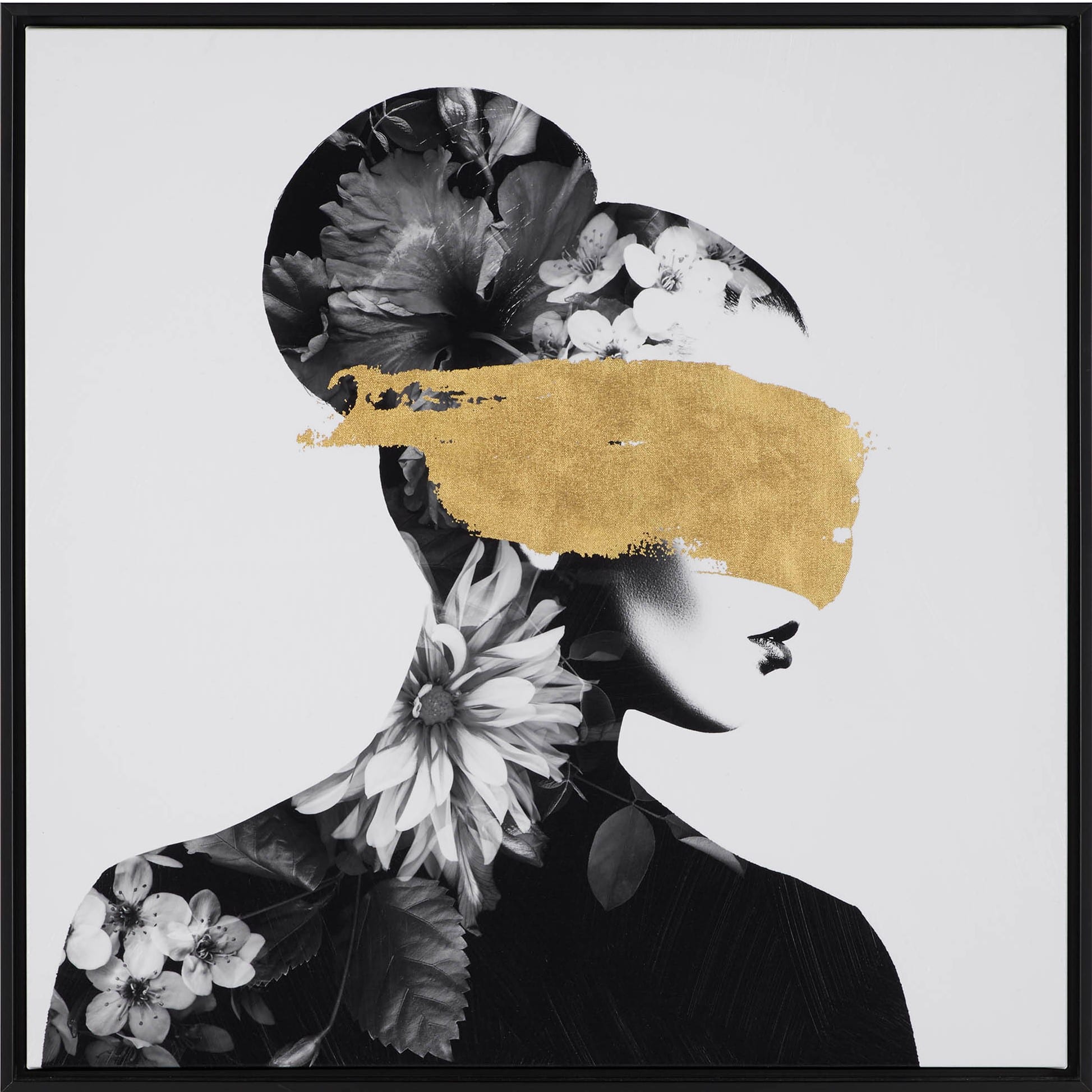
Inner Chanel by Guseul Park
3) Fear of Simplicity
Often, simple compositions make us think, “A kid could do that.” So retail art uses just enough shapes and colors to convince us we’re looking at “art”. It selects subjects with naturally interesting features, like the antlers of a deer. Fine art doesn’t mind simplicity. It’s skilled enough to create captivating yet simple compositions. It can depict a simple triangle with awe-inspiring skill.
Purple Jewel by Winston Porter
4) Missing Fundamentals
Retail art is skilled in color. However, color is only 1 of the 13 elements and principles of design. Retail art is ignorant of the other 12. Most notably:
Contrast – It applies contrasting colors, but that is it. For example, it overlooks contrasting lines, like pairing curved with geometric lines. And it ignores contrasting subjects, like pairing a young girl with a wild bull.
Rhythm – Often, retail art lacks rhythm. When looking at it, our eyes sit static instead of moving dynamically throughout the piece.
Tension – Tension is an uncomfortable sense of expectation. It’s your sibling saying, “I’m not touching you” with a finger in your face. Tension is a powerful technique but an acquired taste, making it a poor ingredient for retail art.
The Lovers by René Magritte
5) Extreme Imitation
Retail art imitates fine art’s influential pieces. However, retail art abandons key details from the original. Fine art is the result of countless interconnected decisions. To appeal to a wider audience and allow for mass production, retail art makes modifications, like color, material, and size changes. These changes break the links holding the original together – ironically ruining it.
Dandelion Barn by Studio Arts
6) Lack of Story
Fine art is a story, and the story makes it collectible. It’s the story of the artist’s life and career. It’s the story of the art world learning from the past and inspiring the future. It’s the story of society’s evolving preferences, discussions, and problems. Retail art is impersonal, uninspiring, and safe. Therefore, it has no story.
7) Lack of Message
Often, today’s fine art has something to say. And its comments on society may be controversial. Retail art can’t afford to offend. So it says nothing at all.
And the Bridegroom by Lucian Freud – Courtesy of Garrett Ziegler (CC BY-NC-ND 2.0)
A Beautiful Spectrum
Retail art learns from fine art, so they’re forever connected. Therefore, they’re not distinct categories but a beautiful spectrum. When a piece relies on retail features in fear of being different, it leans retail art. When a piece uses them selectively and breaks away from the pack, it leans fine art. However, it usually falls in the middle.
As I can,
ss
The Psychology of Interpretation
The Psychology of InterpretationSpace Program: Mars by Tom Sachs - Courtesy of Dave Pinter / CC BY-NC-ND 2.0Reliving Our PastAround 1917, psychologist Frederic Bartlett asked a group of participants to read and recite an unusual folk story, The War of the Ghosts...
How We Meet Black America
How We Meet Black AmericaRumors of War by Kehinde Wiley - Courtesy of Brecht Bug / CC BY-NC-ND 2.0Have we met before?In 2020, nearly everyone has an impression of Black America – good, bad, or indifferent. However, 40% of White Americans don’t have a single friend...
Jeff Koons Top 5: $245 Million in Art
Jeff Koons Top 5: $245 Million In Art“What I think is really wonderful about childhood is that kids are really open to everything. Children love things for just what they are. Blue is beautiful for blue. Pink is beautiful for pink.” – Jeff Koons5) Popeye -...
Timeless Design: Reviewing Impulses by Dennis Dodson
Timeless Design: Reviewing Impulses by Dennis DodsonWhen a piece calls you, you know it. In 2016, while venturing through a labyrinth of 2,000+ pieces, one called me. Today, Impulses by Dennis Dodson towers over the rest of my collection. It’s intense yet subtle,...
12 Steps to Appreciating Art
12 Steps to Appreciating ArtUntitled No. 11, 1963 by Mark Rothko – Image Courtesy of Flickr / CC BY-NC-ND 2.0The Power of OpinionThe key to balancing subjectivity and judgment is our opinion. Opinions are interesting. They are unique to each of us yet we always have a...
Why No One Understands Abstract Art
Why No One Understands Abstract ArtSvanen (The Swan) No. 17 by Hilma Af Klint - Licensing (PD-old-75)Lost In the AbstractThe wilderness of abstract art is strange. Its colorful branches are incredibly unique yet strikingly similar – leaving us lost in the abstract....
Why A Banana is Worth $120K
Why a Banana is Worth $120KWhat’s special about Comedian?The banana’s name is Comedian. Don’t think of Comedian as a banana. Think about it as a comedian at a Sunday open mic. Every joke is about wealth inequality. And we’re all a part of it. Cattelan knew the...
